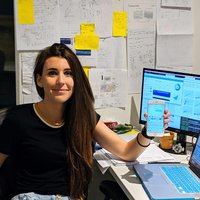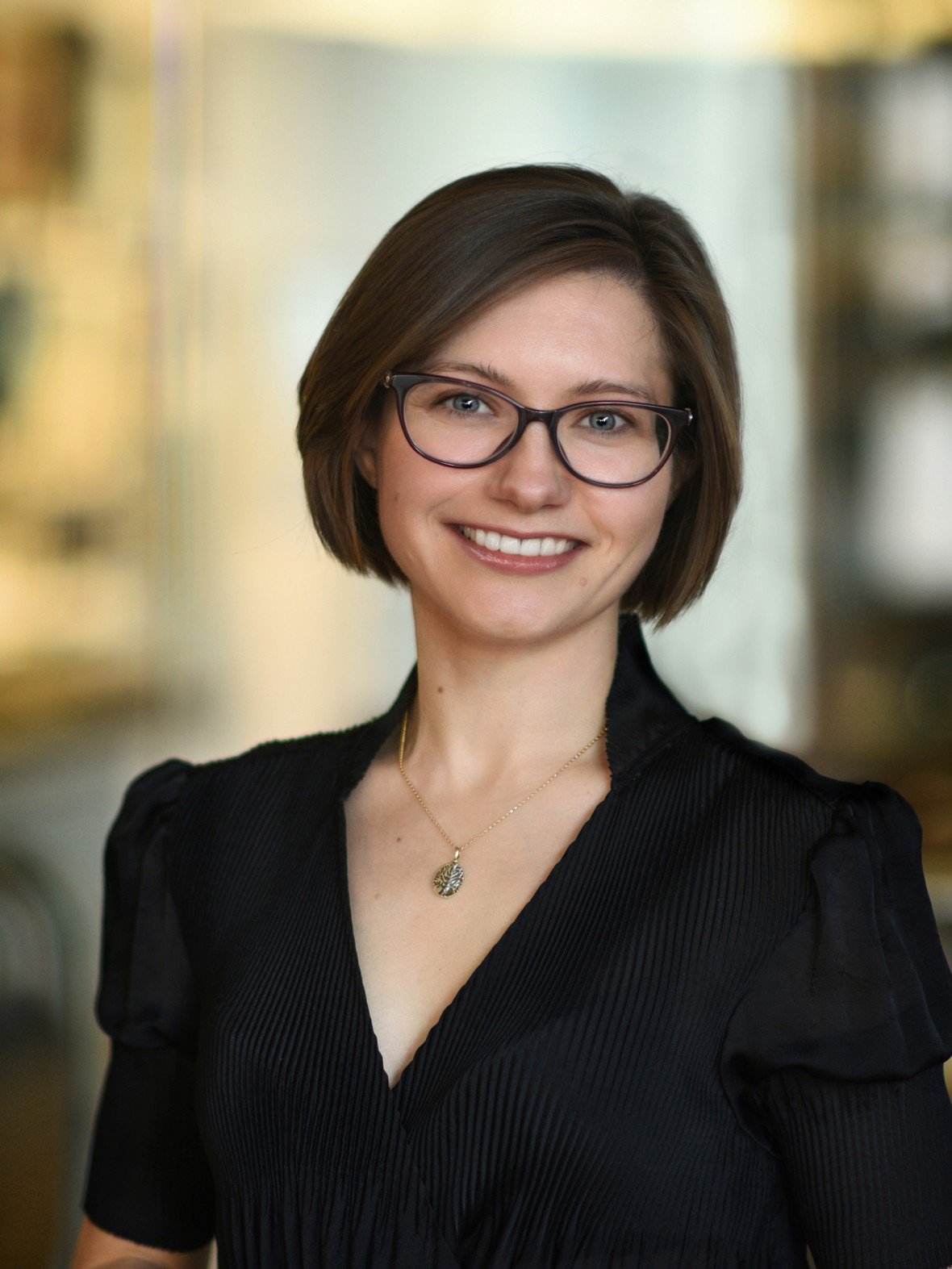Biotechnology & medicine
Olga Dudchenko
She created a better way to sequence a genome

Europe
Teresa Arroyo-Gallego
Her technology analyzes how users type using their smartphones and could speed up Parkinson's disease diagnosis

Latin America
Carlos Restrepo
Combining innovative technologies to help pharmaceuticals fight against leishmaniasis and other parasitic diseases.

Europe
Sorin Popa
His novel vascular catheter could improve the life of patients with hemodialysis and coronary obstructions

China
Lei Dai
Looking at the world through the microscope
